In the United States, children's respiratory syncytial virus (RSV) is spreading at unusually high levels, overwhelming children's hospitals, according to multiple US media reports. Several children's hospitals say they have been 'overwhelmed' with patients, and one Connecticut Children's Medical Center doctor said in 25 years of work, he had never seen a surge of RSV-infected patients the hospital at this level.
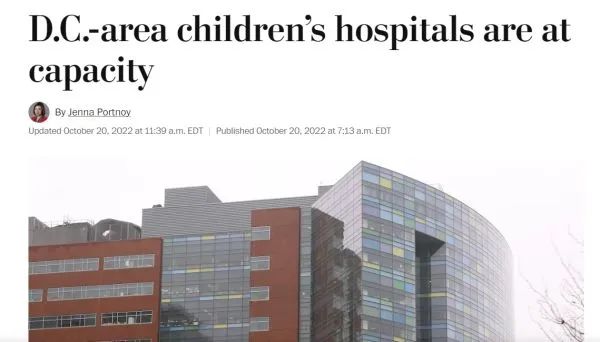
(Source: Washington Post)
RSV is a common respiratory virus. About 70% of children are infected with RSV within the first year of life, and almost 100% of children are infected with RSV before the age of two [1].Symptoms after infection are usually mild and look like a common cold and include runny nose, loss of appetite, coughing, sneezing, and fever.Symptoms usually last one to two weeks and resolve with rest and fluids. However, in some children, especially young infants, RSV can cause dehydration, difficulty breathing and more serious illnesses such as bronchiolitis or pneumonia.
Data show that RSV is an important viral pathogen that causes acute lower respiratory tract infection (ALRTI) in children under 5 years old worldwide.In 2019, 3.6 million RSV-related ALRTIs required hospitalization worldwide, and the incidence of children aged 28 days to 6 months died of RSV was 3.6% [2]. Severe RSV infection can not only cause dysfunction of multiple tissues and organs in the body [3], but also is closely related to the occurrence of recurrent wheezing and asthma in infants and young children in the late stage of infection [4].
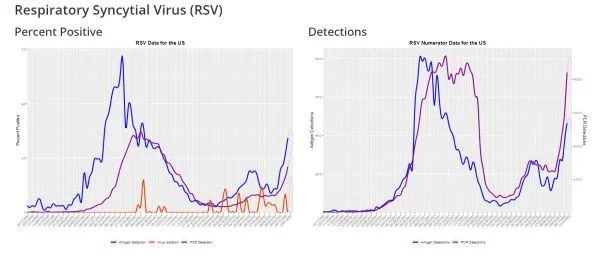
(Source: CDC)
Despite the urgent need for a vaccine to protect infants and young children, there is currently no licensed RSV vaccine.
At present, the treatment of RSV is mainly symptomatic and supportive.Aerosol inhalation therapy tends to have better effects on respiratory diseases. Studies have shown that aerosol inhalation of interferon IFNα1b and IFNα2b in the treatment of bronchiolitis (60% to 80% of bronchiolitis is caused by RSV infection [5]) can reduce symptoms, shorten the course of disease, and have good safety. Therefore, the expert consensus suggests that recombinant human Alpha interferon [6].It is recommended to use nebulized inhaled glucocorticoids instead of systemic glucocorticoids, and nebulized hypertonic saline can reduce airway edema and mucus blockage [7]. You can choose a mesh nebulizer for nebulization treatment, which is small and light, and is better accepted by children. And there is no need for centralized nebulization, which reduces cross-infection and reduces the burden on children's hospitals. Five nebulization solutions are recommended:
Option 1: nebulization for Special People—Air Mask D Equipment
The mesh nebulizing inhalation device is portable and lightweight, and the vial of 2ml/3ml/4ml/5ml is transferred in the liquid cup, which is the basic unit for each person. Equipped with a nozzle for nebulization, one per person, special nebulization, efficient and safe.
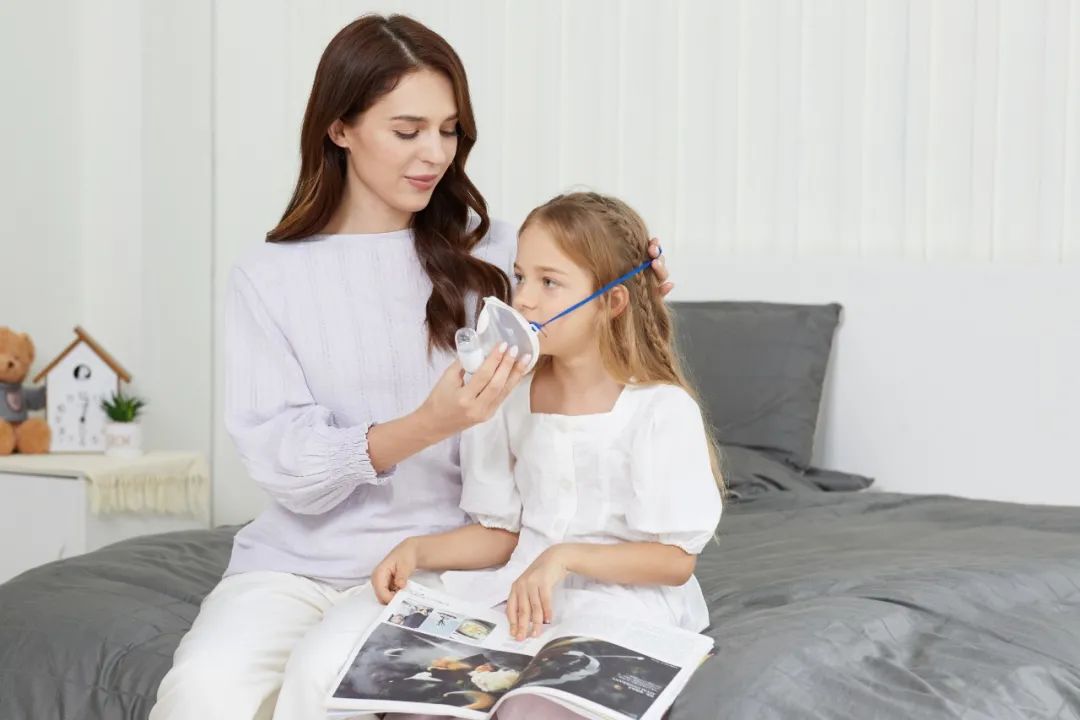
Option 2: Nebulization in community groups—Air Pro 5 devices
With the design of an open aerosol liquid silo, users can perform multi-person nebulization inhalation by community groups anytime, anywhere. This is an nebulization inhalation solution under the guidance of doctors in community hospitals and outpatient clinics.
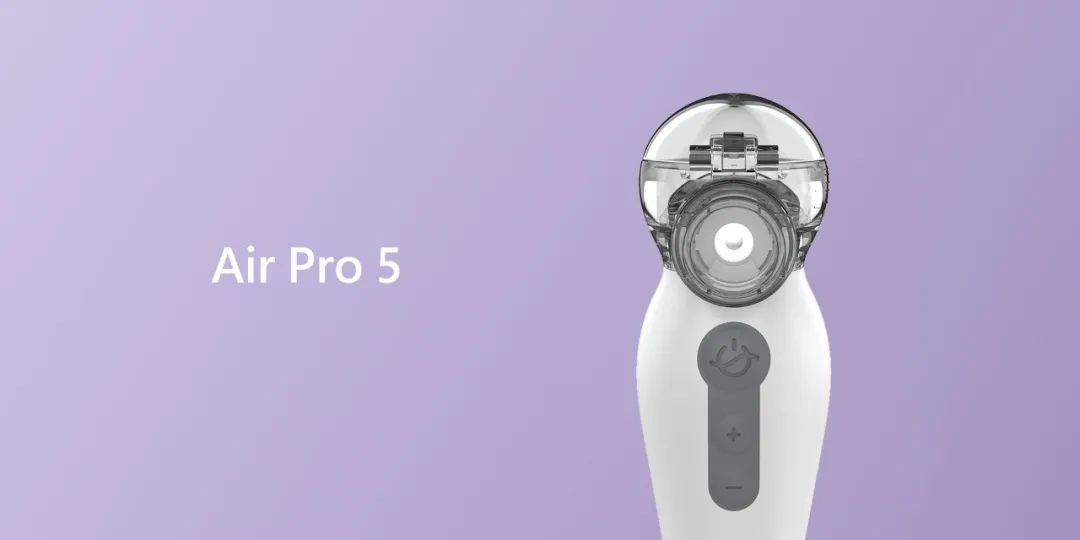
Using this solution, users can independently adjust the amount of nebulization to meet the needs of people of different ages, especially those with respiratory diseases. The amount of mist can be adjusted to a spray state that allows each user to be comfortably nebulized without choking , effectively improve the nebulization absorption efficiency. Moreover, the user can disassemble and clean or replace the medication cup independently, which is safer and more hygienic. The nebulization device can be reused in social health and other groups, which is more economical and realizes low-cost, more efficient and safer group nebulization inhalation therapy.
Option 3: Uniform nebulizer, convenient and efficient—Air 360 mini device
Quiet design, quietly enjoy nebulization,can realize multi-angle nebulization, can sit or lie down, not restricted by posture,the particles are fine and uniform, the liquid medicine can reach the lungs, easy to absorb,light and portable, one-button operation,home or easy to use when going out, suitable for people of all ages.
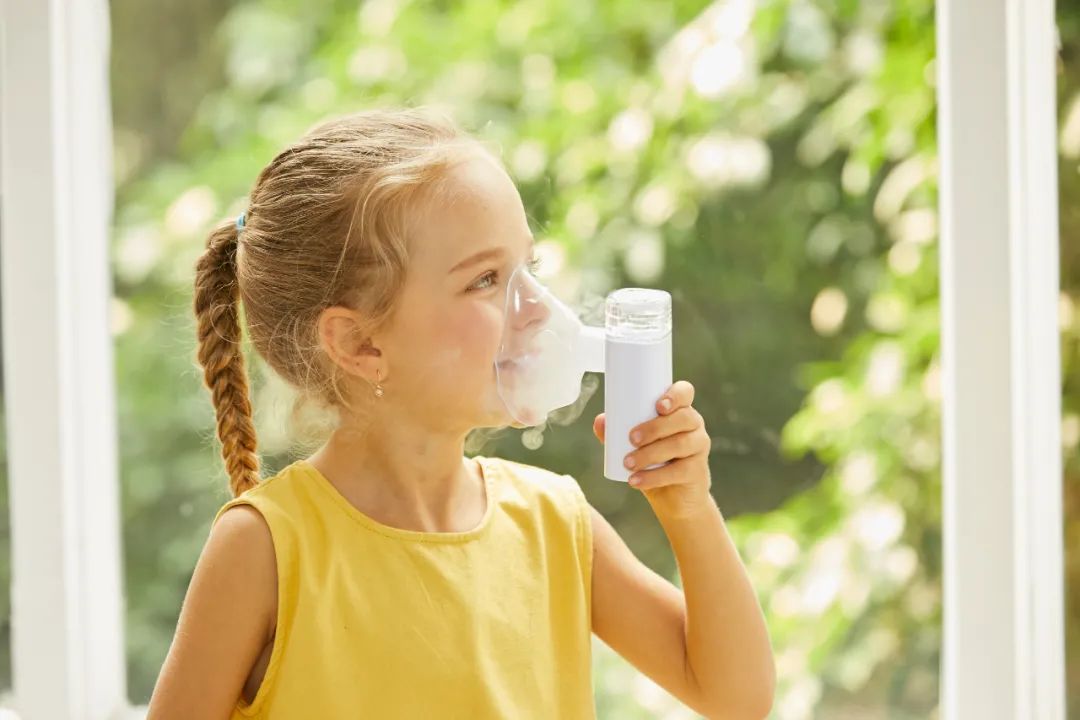
Option 4: Medical professional mesh nebulization inhalation—AirICU equipment
This is a medical professional intelligent inhalation solution,which is also the world's first technology.It adopts high-performance driving aerosol transmission and can be used with ventilators or accessories (such as mouthpieces, masks, nasal plugs), and can also be used for non- Spontaneous breathing patients provide aerosol inhalation therapy to meet the needs of different users for nebulization inhalation.
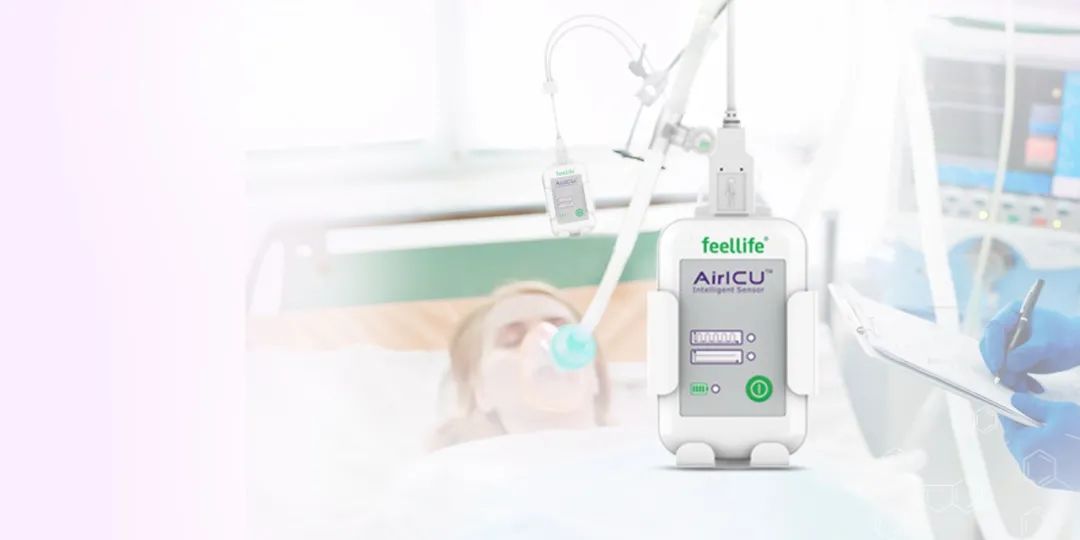
AirICU has two nebulization modes: continuous nebulization mode and breath induction nebulization mode
· Inhalation while ventilating in continuous nebulization mode;
· Respiratory induction atomization mode, which adapts to the frequency and depth of the user's breathing, independently adjusts the frequency and rate of atomization, provides comfortable nebulization , and improves the absorption rate of liquid medicine;
When the medical ventilator equipment is connected, when the user inhales, the nebulizer starts to nebulize, and the nebulizer stops nebulizing when it detects that the breathing stops or the user exhales.
Option 5: Nebulization solution with school class collectives, enterprises and institutions as the unit - quantitative nebulization inhalation AirRight equipment
Using this metered nebulization inhalation device, AirRight, can achieve precise inhalation of metered liquid medicine for each person every time.The biggest advantage is that it can perform centralized nebulization in a group of less than 100 people at one time(replacement of nebulization accessories and device protective cover),can be widely used in groups such as schools, enterprises, institutions, etc., under the one-to-many collaborative operation of professional doctors, to quickly and safely realize aerosol inhalation therapy for a group.
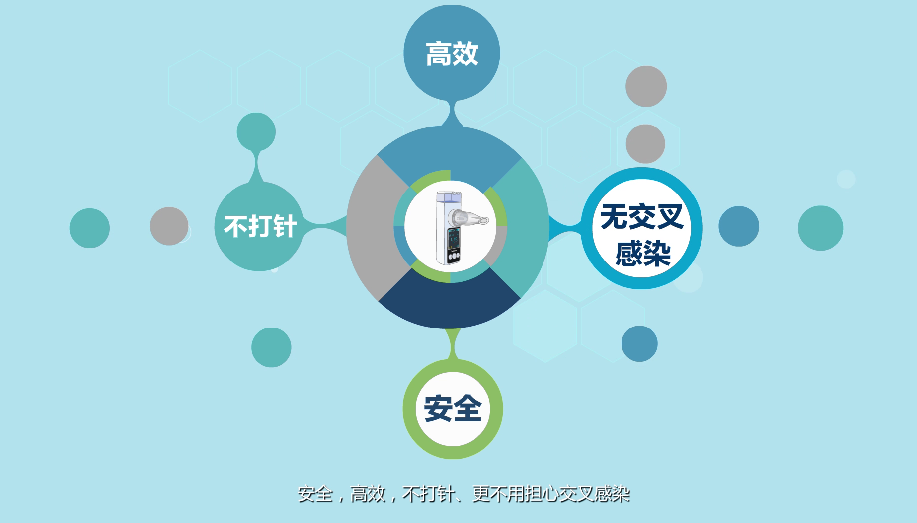
The built-in peristaltic pump is driven and controlled by a set of software algorithms run by the microprocessor, and the liquid medicine in the liquid medicine cup is delivered to the nebulizing device in a precise quantitative and batch manner through the liquid medicine pipeline.FEELLIFE independently developed and realized the precise dosing output technology, and the nebulization accuracy can reach a minimum of 10μL, which is also the world's first technology.
The nebulizer is connected to the spacer with the one-way valve mouthpiece for inhalation. The one-way valve can be opened when inhaling to ensure the passage of aerosols, and closed when exhaling to prevent cross infection. The nebulization pass rate reached 67.7%.
[1]HuM, BogoyevitchMA, JansDA. Impact of respiratory syncytial virus infection on host functions:
implications for antiviral strategies[J]. Physiol Rev, 2020, 100(4):1527-1594. DOI: 10.1152/physrev.00030.2019.
[2]LiY, WangX, BlauDM, et al. Global, regional, and national disease burden estimates of acute lowerrespiratory infections due to respiratory syncytial virus in children younger than 5 years in 2019: a systematic
analysis[J]. Lancet, 2022, 399(10340): 2047-2064. DOI: 10.1016/s0140-6736(22)00478-0.
[3]EisenhutM. Extrapulmonary manifestations of severe respiratory syncytial virus infection--a systematic
review[J]. Crit Care, 2006, 10(4):R107. DOI: 10.1186/cc4984.
[4]RestoriKH, SrinivasaBT, WardBJ, et al. Neonatal immunity, respiratory virus infections, and the development
of asthma[J]. Front Immunol, 2018, 9:1249. DOI: 10.3389/fimmu.2018.01249.
[5] Dalziel,SR, HaskellL, O′BrienS, et al. Bronchiolitis[J]. Lancet, 2022.DOI: 10.1016/s0140-6736(22)01016-9.
[6]Expert consensus on diagnosis, treatment and prevention of respiratory syncytial virus infection in children[J]. Chinese Journal of Practical Pediatrics, 2020, (4): 241-250.
[7]MandelbergA, AmiravI. Hypertonic saline or high volume normal saline for viral bronchiolitis: mechanisms
and rationale[J]. Pediatr Pulmonol, 2010, 45(1):36-40. DOI: 10.1002/ppul.21185.